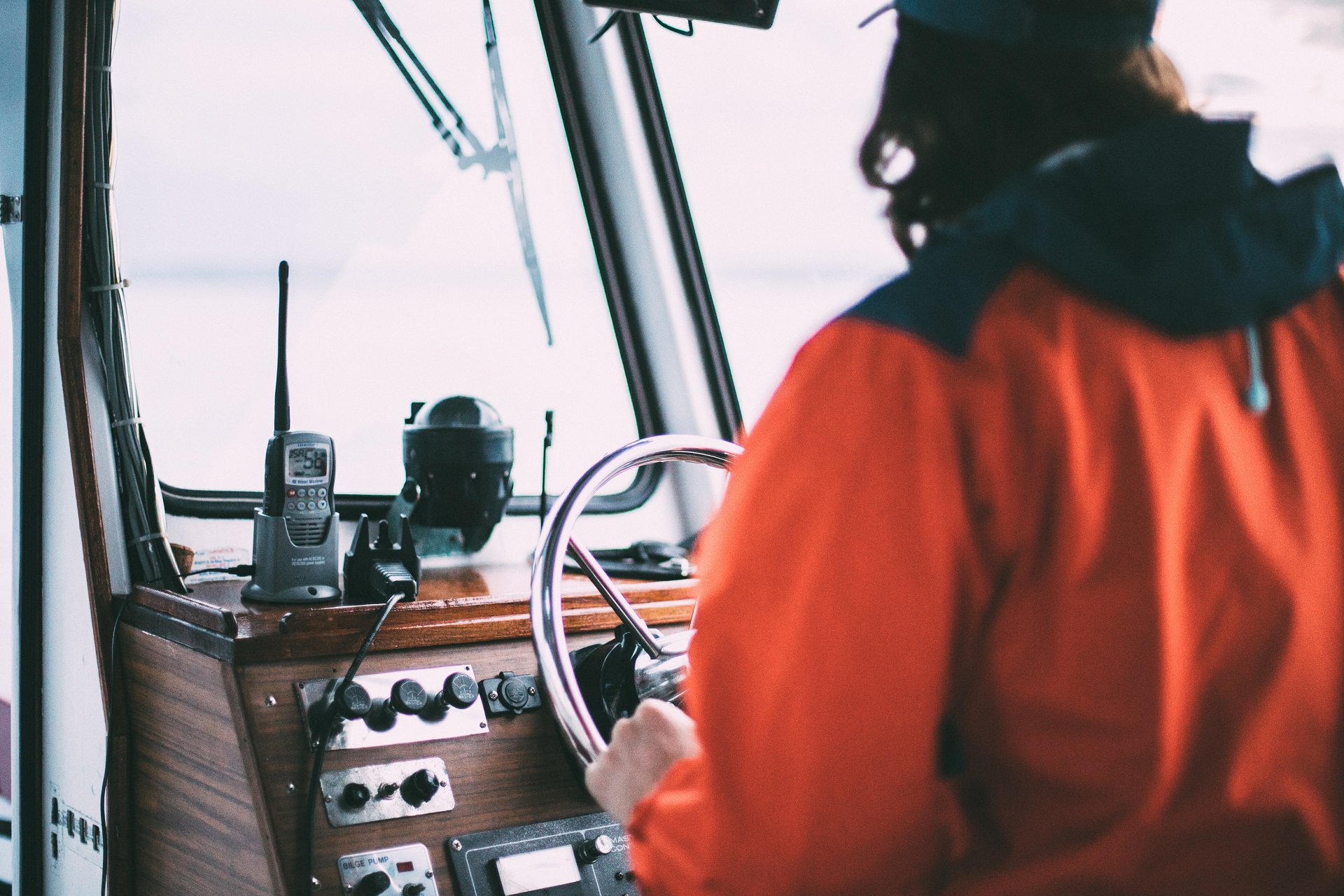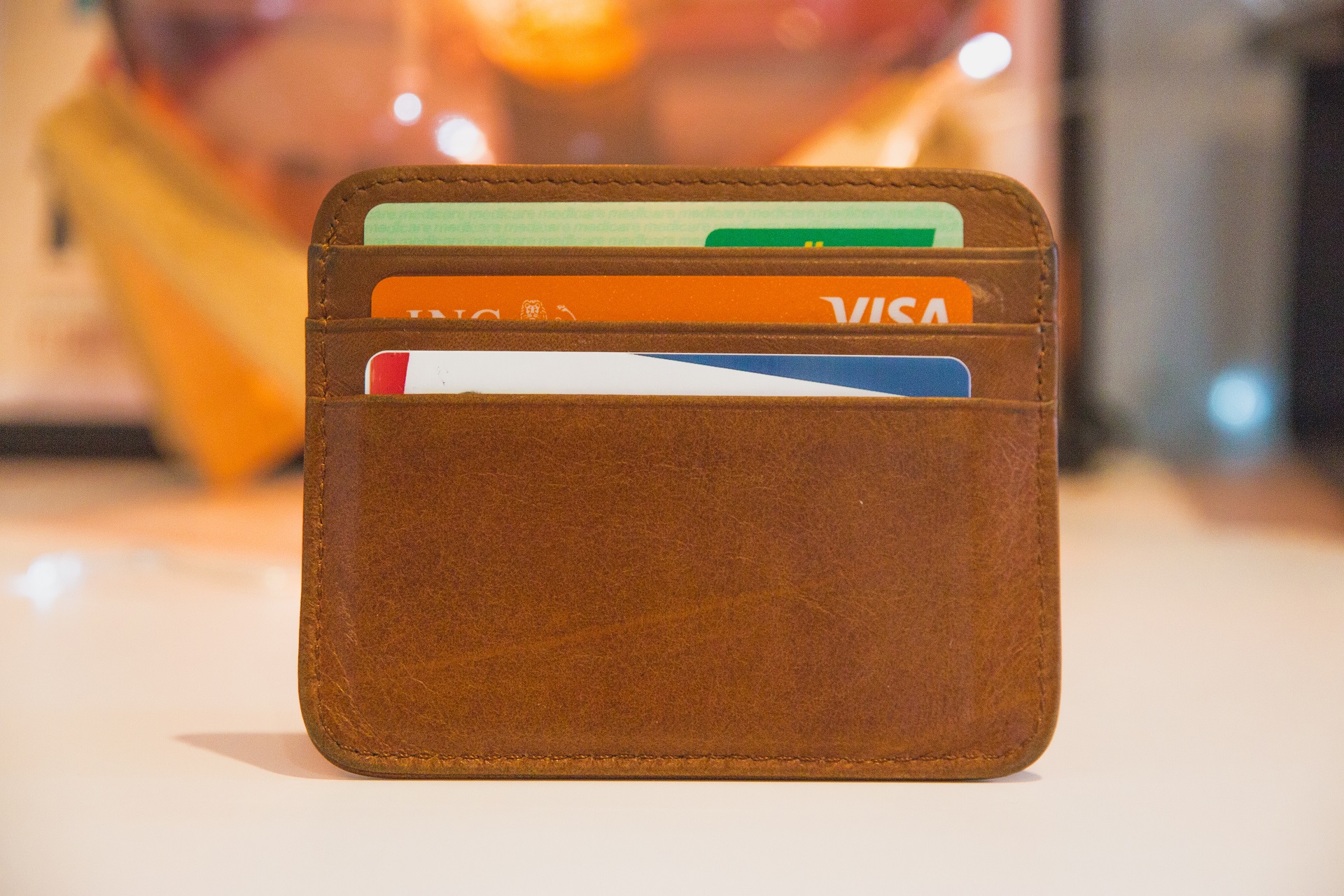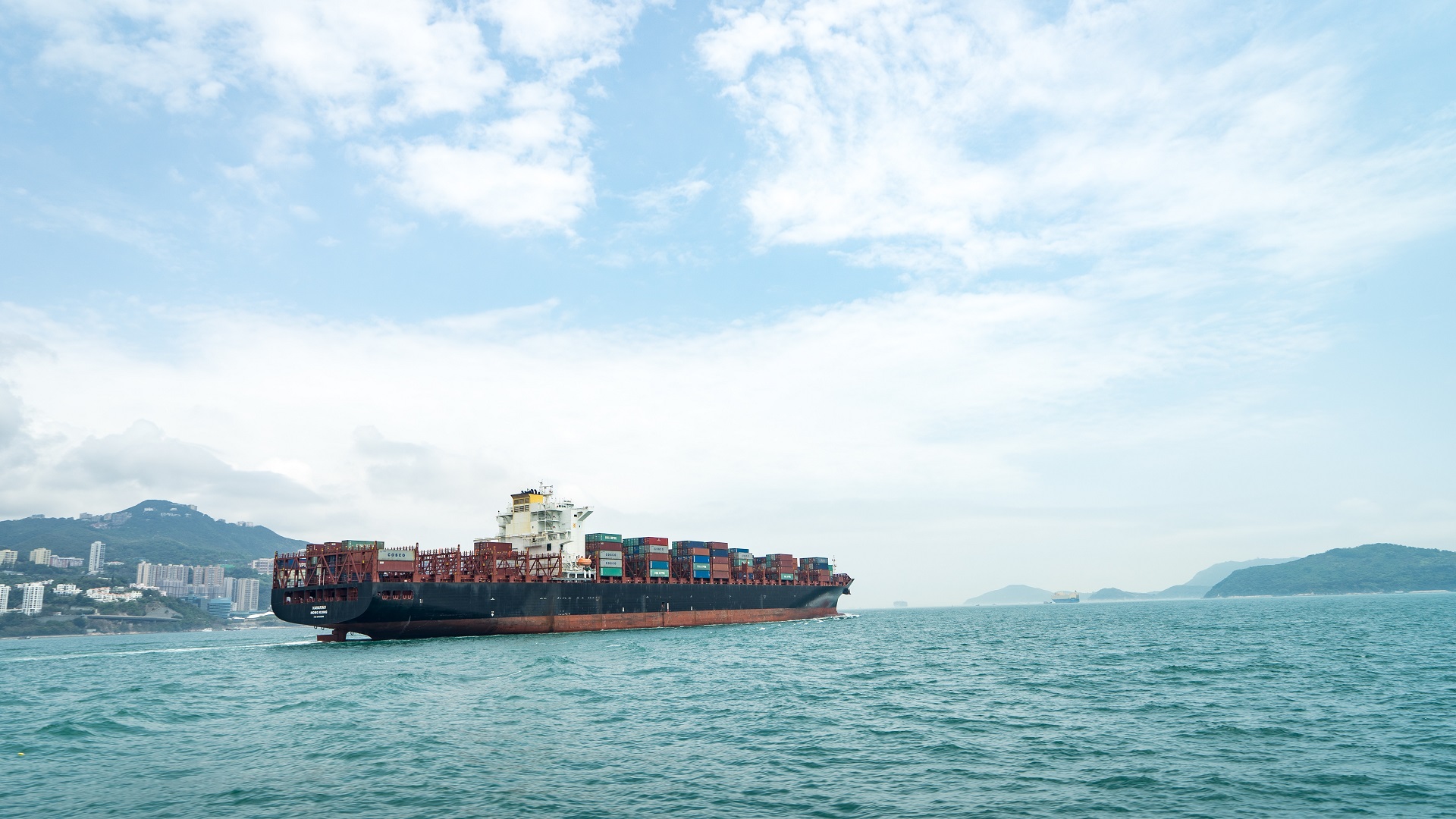Are you working in the maritime job industry? If you are, do you know what types of maritime professional training, certificates, and licenses that you are required to have? In this article, we’re going to discuss what types of certificates, training, and licenses that you might be required to have in your maritime jobs.
STCW
The STCW certification s the do-it-all multi-purpose certificate. When you take the STCW course, you’ll learn basic boat terminology, regulations, and laws, how to handle a vessel, first aid, and safety. The curriculum for the course that you have to take for the STCW certificate is based on the International Maritime Organization (IMO) Conventions for the Standards for Training, Certification, and Watch Keeping (STCW) which is recognized internationally and is often used as the core training for all other maritime job courses.
To get your STCW, you will have to undergo STCW basic safety training. This basic training includes social responsibility, personal safety, personal survival techniques, elementary first aid, and basic firefighting. This training is intended to ensure that seafarers are aware of the hazards of working on a vessel and can respond appropriately in the case of an emergency.
According to the STCW, the STCW 95 Code requires that you take a basic training course that lasts for five days. This course needs to be renewed every five years, or you can show that you have had at least one year of service on a vessel of 200 girts or more within the last five years.
Technical Certifications
There are plenty of these specialties to list out, but they each have a common thread. A certification for vessel communications includes basic electrical practices for maritime environments. The same training would be offered in the first classes of a radar technician so it’s possible that some classes that you end up taking can count towards more than one maritime certification.

Having a combination of a technical and STCW certification can make a skilled technician a valuable member of any ship crew. You can accomplish this by taking small steps if you also include things like networking classes that you can find online.
Advanced Maritime Certifications
The highest maritime license that is available is the Master. You can consider this license as an advanced degree in management since the Master manages other specialists. Because the Master oversees other specialists, it’s important for them to understand the temperament of the Engineer as well as the condition of the equipment.
A Master oversees all services and crew, so they must know and be capable of good management of the galley is important in more than just one way.
Any position of an officer requires similar training, and many sailors have a Master’s license while working as a pilot, engineer, or another position.
Most of the other advanced certifications that are available to sailors build off of a Master’s license training and sea hours. Sea time is the most important part of moving forward in your career and might become more stringent with new STCW rules.
TWIC Card
What is a TWIC card?
A Transportation Worker Identification Credential (TWIC) card is given to sailors who are required to have access to unlimited access to areas including continental shelf facilities, boats, port facilities, and ports. TWIC cards are a credential that is required by the federal government that is used by the U.S. Coast Guard and other transportation professionals.

Am I Required to Have a TWIC Card?
If you are required to have a TWIC card, your employer should tell you of the requirement during the hiring process. If you are regularly being taken to government maritime facilities, government boats, or ports while working, then you will likely be required to have a TWIC card.
How Do I Get a TWIC Card?
The process of getting a TWIC card can be rather lengthy. Usually, the time that it takes from filling out your application to picking up your card can last up to six to eight weeks. However, it is recommended by government agencies that you apply up to 12 weeks in advance to avoid any delays.
There are two ways that you can apply to get a TWIC card. First, you can apply online on the Transportation Security Administration website. You are also able to go to the application center in person and complete the process there. While TWIC card locations take walk-ins, you might want to consider making an appointment.
To get your TWIC card, you must provide plenty of documentation in order to apply. What do you need? You will be required to show a certified copy of your birth certificate, an enhanced tribal card, an enhanced license, or your passport. If you end up using your birth certificate, you will also be required to supply a current driver’s license.
Another thing to note is that the name on your card must match the name on every supporting piece of documentation provided. If you have changed your name due to divorce or marriage, you must have certified documents proving the divorce or marriage.

Once your documents have been substantiated, you will be asked to provide a photo and fingerprints. At this point, you will pay for your TWIC card, which is usually $128. However, you might be able to get it for a lowered rate of $105.25 if you have a hazardous materials endorsement or a FAST card.
Throughout the application process, you will undergo a rigorous background check. Some criminal offenses can disqualify you from getting a TWIC card, including robbery, racketeering, a transportation security crime, terrorism, and treason.
If you make through this entire process and get approved, you’ll be notified of your TWIC card status. When your card is ready, you can have it mailed to your home, or you can pick it up at the application center. Your TWIC card is valid for five years after the issuance date.

